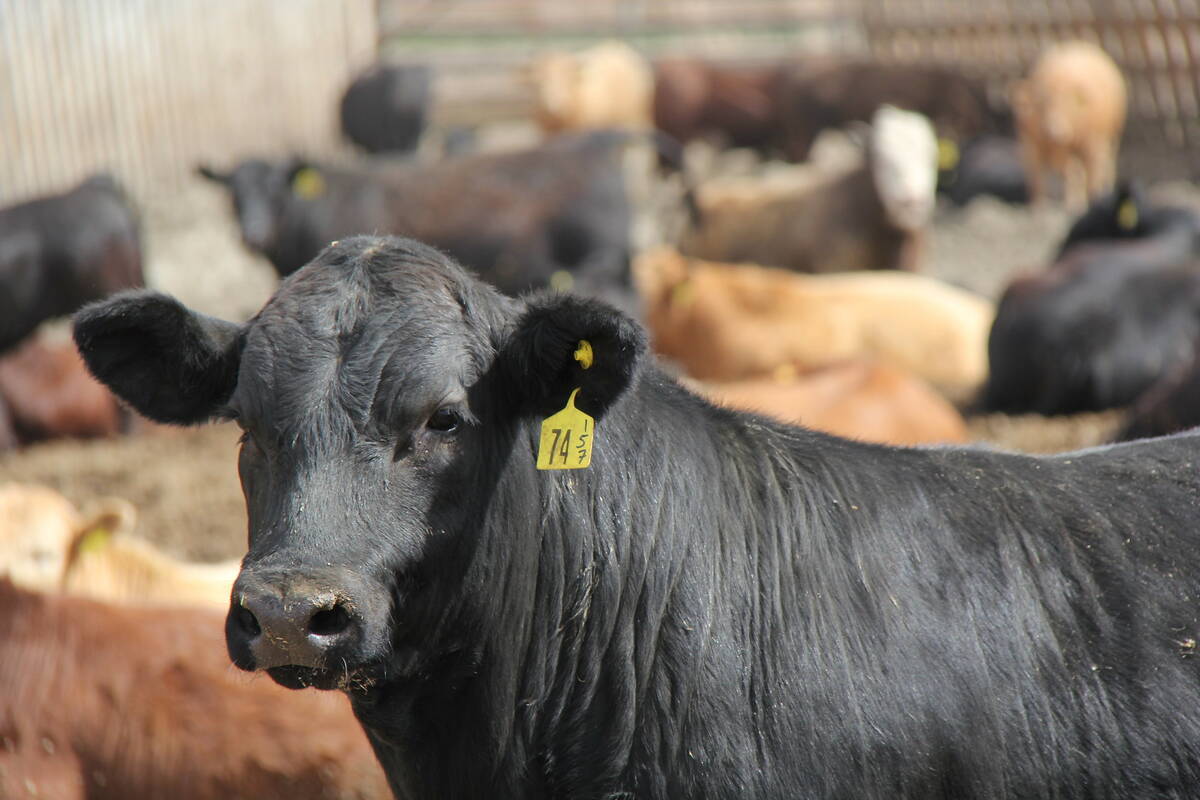Glacier FarmMedia – Prices for Canadian feed barley and United States corn imports reached parity as the feed grain market took a breather between Christmas and New Year’s Day.
Jim Beusekom, president of Market Place Commodities in Lethbridge, Alta., said barley is trading in a range between C$310 to C$315 per tonne. Meanwhile, U.S. corn imports are trading at C$310 to C$320. However, Beusekom noted that corn is more often trading at the lower end of the range and it’s easier for feedlots to buy corn than barley.
Read Also

U.S. livestock: Feeder cattle hit record high on tight supply, strong cash prices
Chicago | Reuters – Chicago Mercantile Exchange feeder cattle futures scaled to a record high on Wednesday on strong cash…
“The reason (corn is trading lower) is the Canadian dollar has moved to just shy of 76 U.S. cents. That means bringing in U.S. commodities is cheaper now than it was several weeks ago,” he said.
Beusekom added that supplies are very good for feed grains, as most feedlots have already contracted grain for up to May.
“This happened the past summer when drought was at its worst. You couldn’t buy grain from Canadian farmers. They weren’t sure what they were going to have,” he said. “Feedlots loaded up on U.S. corn to ensure they had feed for their cattle that were going to come in during the fall and winter. And the result of it is a lot of the market share has gone to U.S. corn.”
Corn and barley will continue to be priced near equally going into 2024, according to Beusekom, but he noted the latter will need to be priced lower in order to increase demand by this spring.
Looking back at 2023, with the exception of summer when drought affected parts of the Prairies, Beusekom said feed grain prices were in an overall downturn.
“It was more in line with a lot of major commodities around the world,” he added. “We close out the year maybe more in a sideways trading pattern; no longer in a decisive downtrend. But that doesn’t mean you start going back up right away.
“Those that sold their grain early are doing a lot better than those who are holding on to it right now.”
— Adam Peleshaty reports for MarketsFarm from Stonewall, Man.














